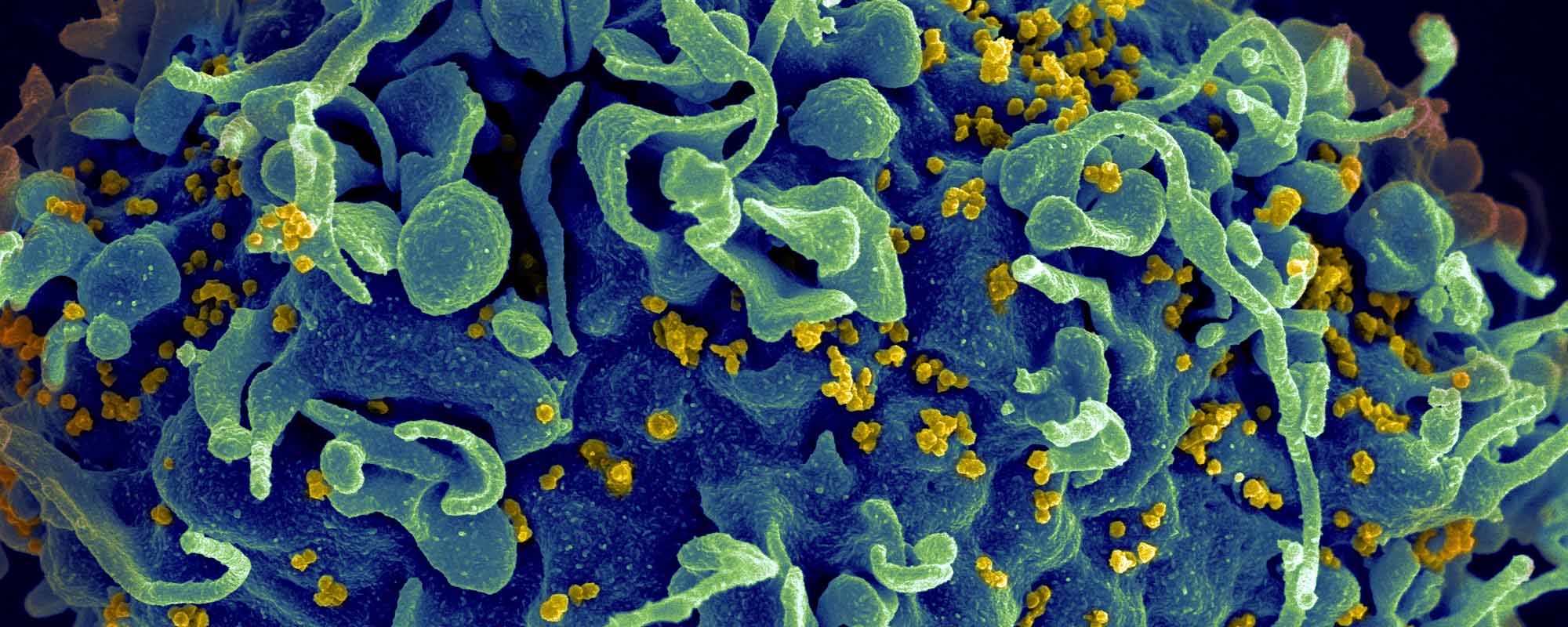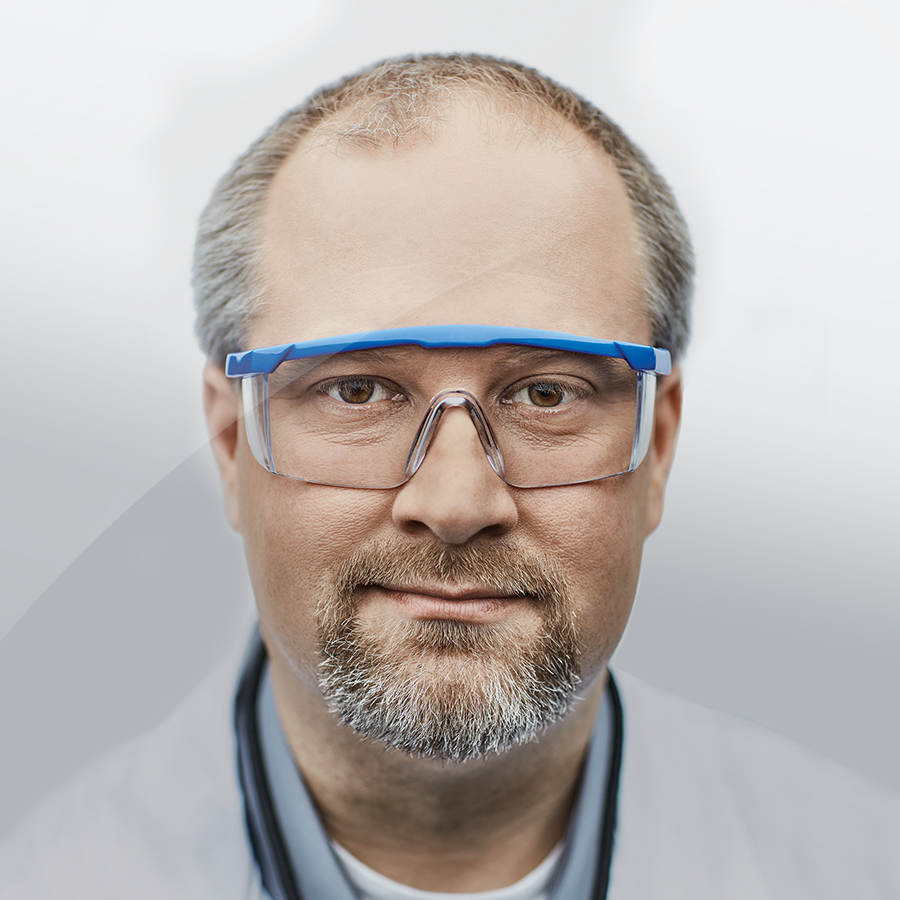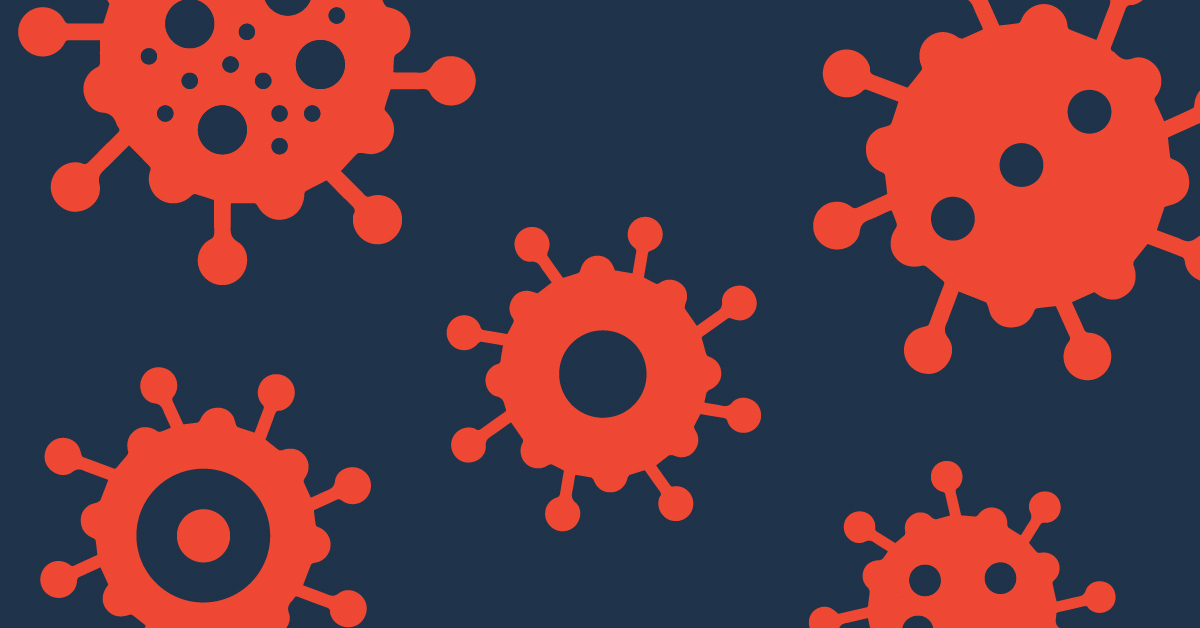The Latest Innovations
The evolution of HIV/AIDS treatment is nothing short of remarkable. In the 1980s, HIV/AIDS was an acute fatal disease. Survival was measured in weeks and months. Today, HIV is considered a chronic, manageable condition with several once-daily treatment options thanks in part to the dedication of biopharmaceutical researchers.
The introduction of anti-retroviral therapies (ARTs) in the mid-1990s revolutionized the treatment of HIV. Prior to ARTs, doctors could only treat some of the disease symptoms rather than the underlying cause. HIV wreaks havoc on the body’s ability to fight infections by destroying immune cells. ARTs modify the disease, directly attacking the virus and preventing its reproduction. By preventing HIV from replicating, ARTs improve the immune system’s ability to fight off infections and certain HIV related cancers. This innovative breakthrough has led to an 88 percent decline in death rates and prevented an estimated 862,000 premature deaths in the U.S.
More recent discoveries continue to increase available treatment options for patients. Today there are 52 medicines and vaccines for HIV currently in development, including additional combination treatments, more effective therapies and preventative vaccines. These medicines and vaccines are either in clinical trials or awaiting review by the Food and Drug Administration. Among the treatments are 32 antiretrovirals and antivirals, 16 vaccines and four cell therapies, including a potential first-in-class medicine intended to prevent HIV from attaching to new cells and breaking through the cell membrane. This is more proof that when scientists battle against the odds, it’s a heroic win for all of us.






